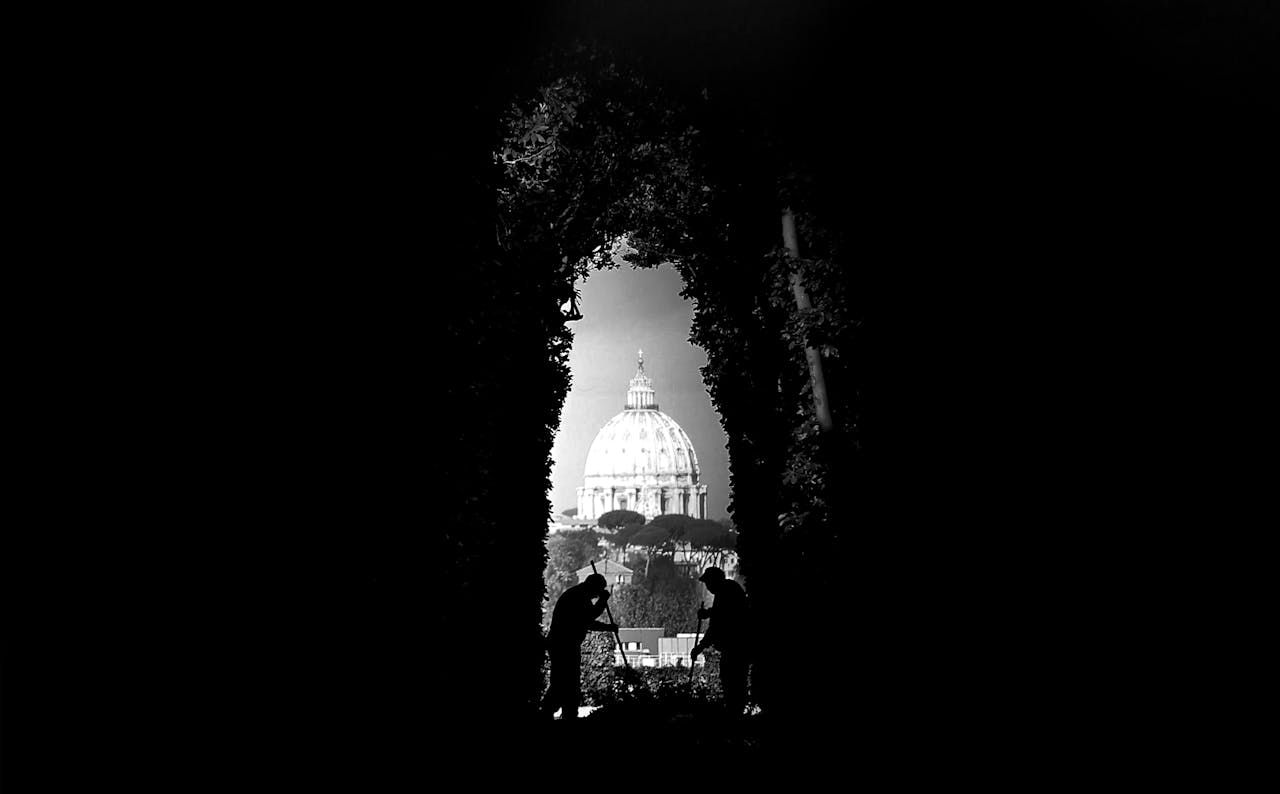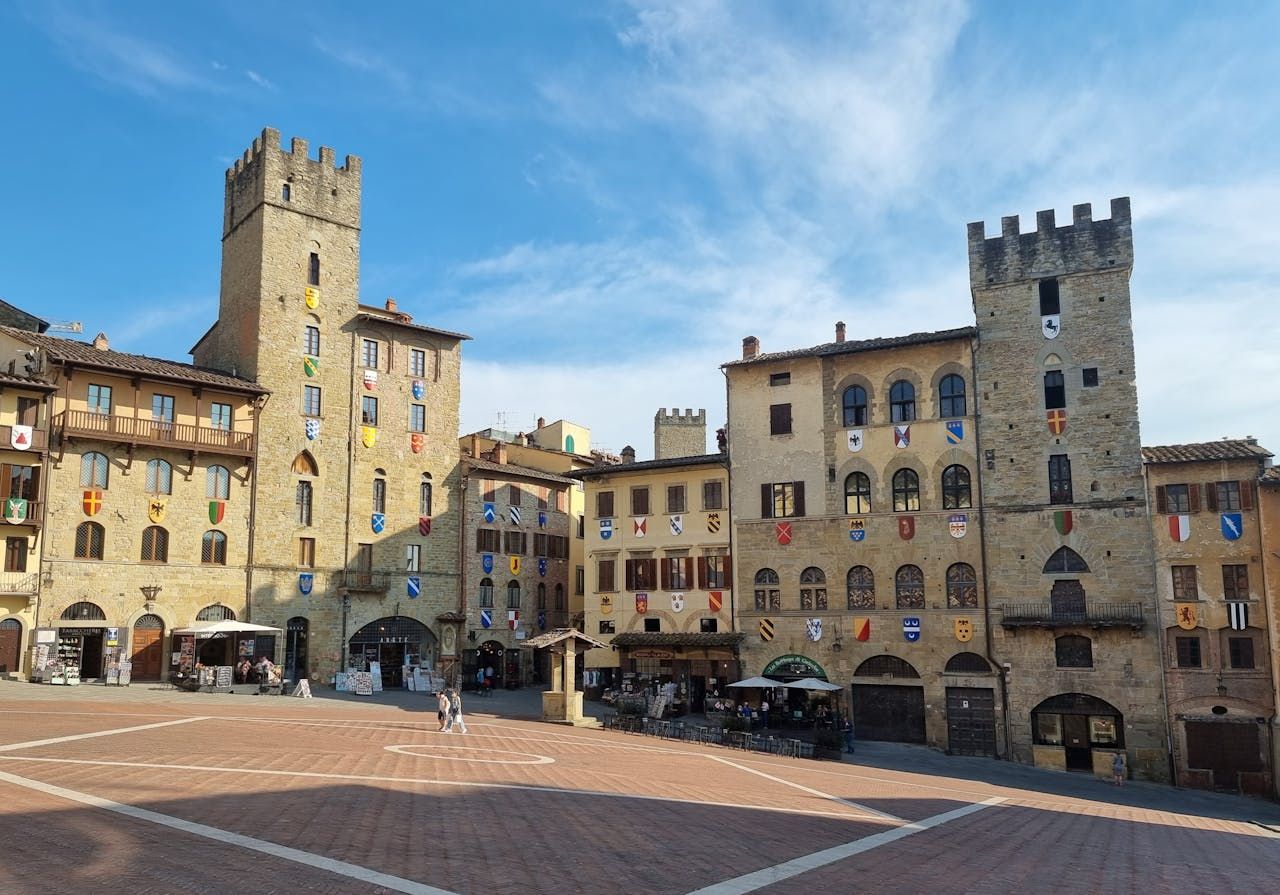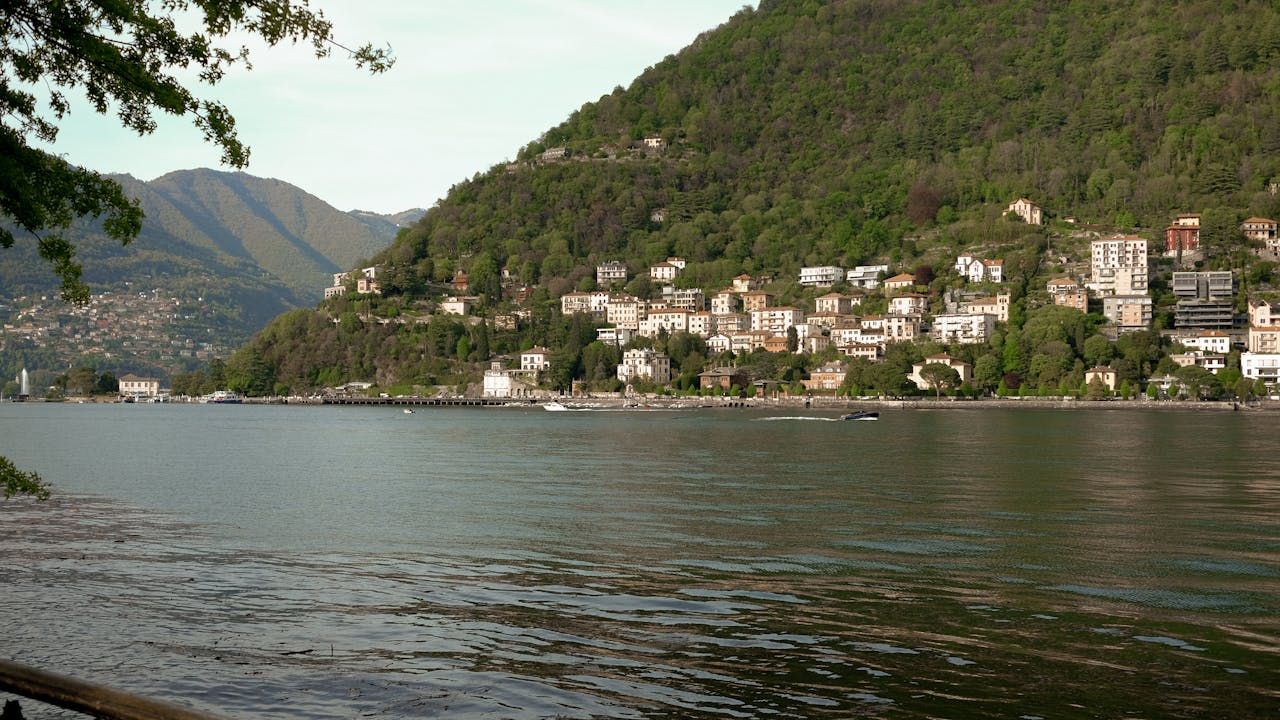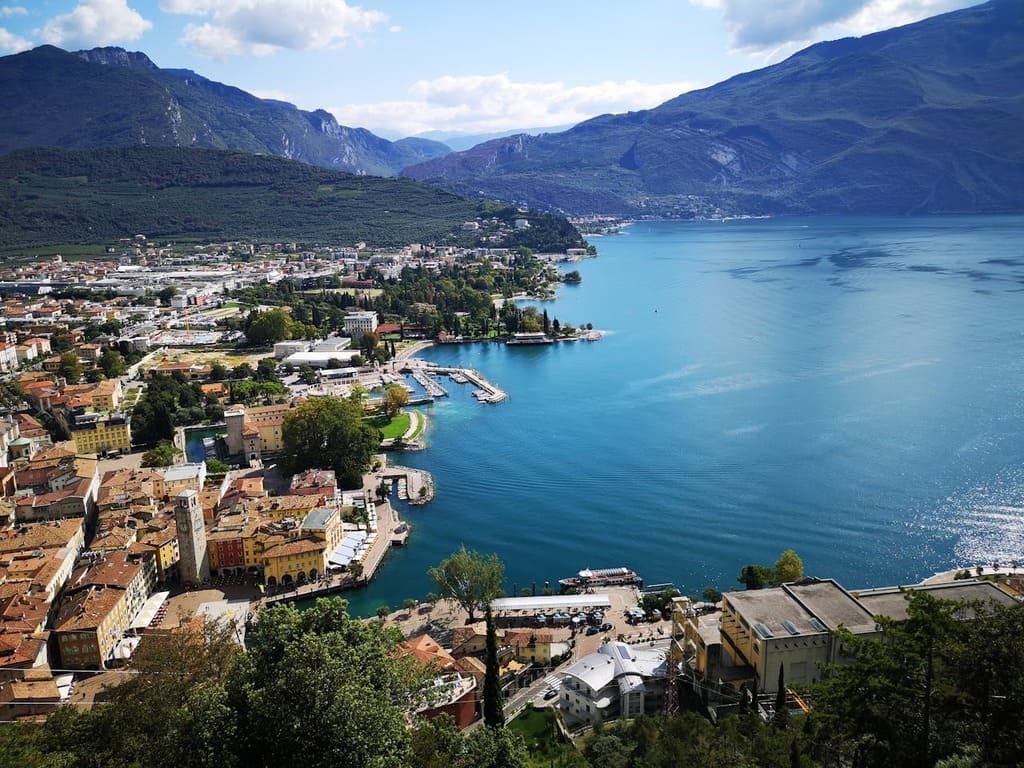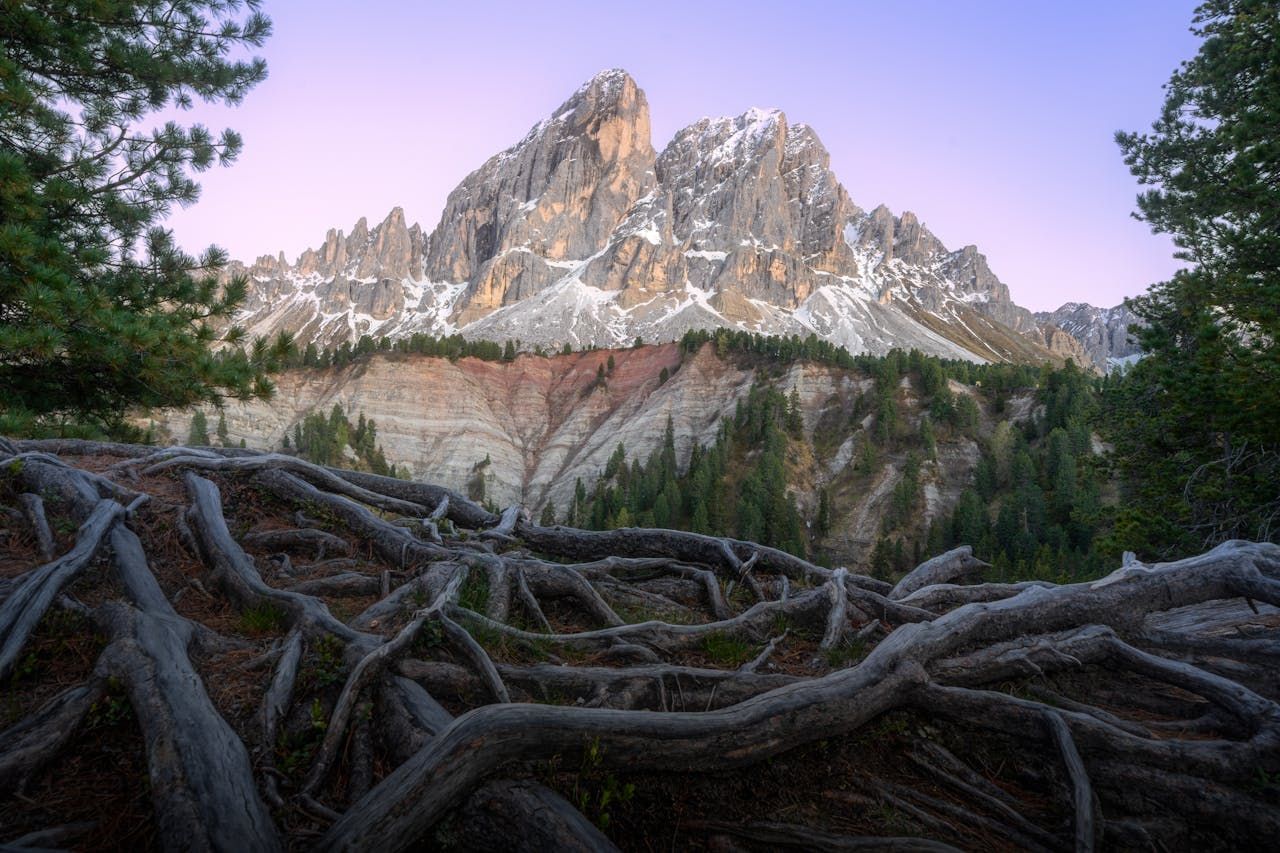Italy's Most Breathtaking Places (and How to Truly Experience Them)
Beatriz•Jun 23, 2025
When planning a trip to Italy, most people go straight for the most “beautiful” places, the ones they’ve seen in photos, travel guides, or on Instagram. But just because a place looks amazing doesn’t always mean it feels amazing to visit.
Popular, photogenic places can come with big crowds, long lines, and a more touristy feel that makes it harder to connect with the real Italy. Sometimes, the most enjoyable travel experiences happen in places that don’t show up on top-10 lists or social media feeds.
With this guide, you’ll discover a different side of Italy. You’ll discover hidden gems, connect more deeply with local life, and avoid common travel disappointments. More than that, you’ll learn how to find beauty not just in the sights, but in the experiences that stay with you.
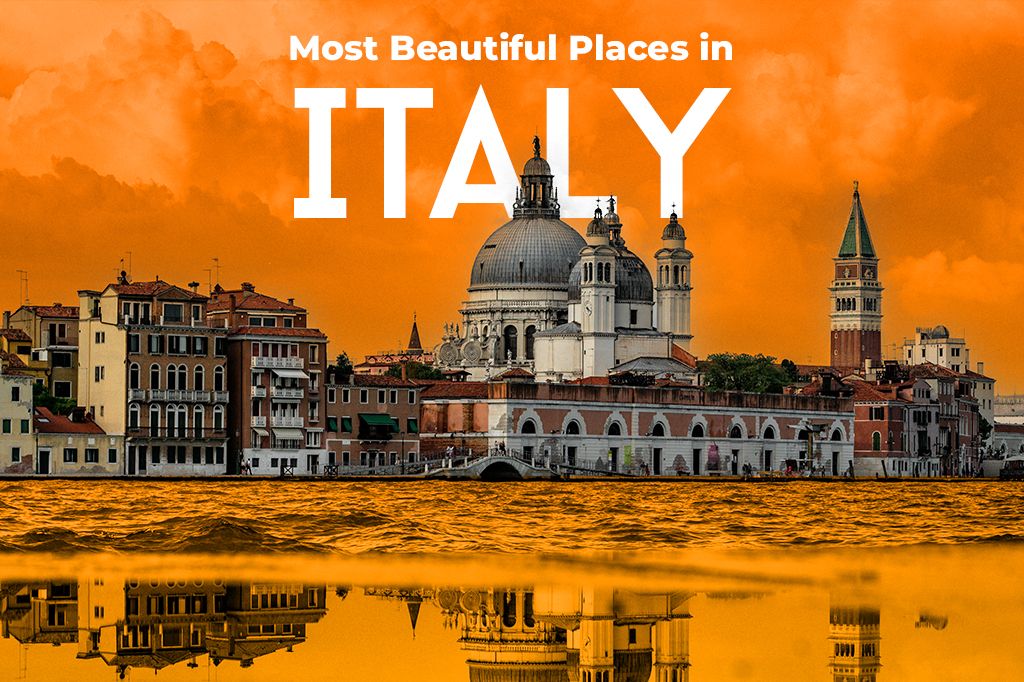
Picture by Ludovico Lovisetto on Unsplash
Traveling to Italy? Stay Connected Instantly with a Free eSIM
Whether you’re getting lost in Venice’s winding streets or booking a last-minute train in Florence, staying online is essential. With a free eSIM from Yoho Mobile, you get fast, reliable data across Italy, without swapping SIM cards or worrying about roaming fees.
- No physical SIM needed
- Installs in minutes
- Works in major cities and off-the-beaten-path gems like Matera or Umbria
Get your FREE Italy eSIM Now and start your trip the smart way.
Bucket List Classics in Italy
These places have earned their fame through history, beauty, and culture. But we’ll take you beyond the usual stories to show you what makes them truly unique.
Rome
When people think of Rome, they usually picture the Colosseum, the Vatican, and crowded piazzas. But one hidden gem is the Aventine Keyhole. Found at the Priory of the Knights of Malta on Aventine Hill, this small keyhole gives a perfectly framed view of St. Peter’s Basilica through a tunnel of hedges. The view was likely designed on purpose, possibly by 18th-century architect Giovanni Battista Piranesi, offering a unique look at the city’s landscape.
Another off-the-beaten-path spot is Quartiere Coppedè, a quiet residential area in the Trieste district. Designed by Gino Coppedè in the early 1900s, it’s filled with unusual buildings that blend different architectural styles. Around Piazza Mincio, you’ll see features like the Frog Fountain, the Spider Palace, and a grand entrance arch. It’s easy to reach by tram or bus, and the area stays calm since there’s no nearby metro stop or many cafés to attract crowds.
You May Also Like: 15 Fascinating Facts About Italy You Won’t Learn in School
Florence
Florence is world-famous for its role in the Renaissance, with must-see sights like the Duomo, the Uffizi Gallery, and the Ponte Vecchio. These landmarks draw huge crowds every day, and the compact city center means streets can feel packed.
If you’re an art lover but want a calmer experience, there are fantastic alternatives just outside the city. Bologna, about an hour away, has an amazing art collection at the Pinacoteca Nazionale and a rich cultural scene, thanks in part to its historic university and long, elegant porticoes. Another great option is Arezzo, southeast of Florence. It’s home to incredible Renaissance art, including the frescoes by Piero della Francesca in the Basilica of San Francesco. The city is quieter than Florence and offers a more relaxed way to enjoy historic art and architecture.
You May Also Like: 15 Facts About Florence, Italy That Will Surprise You
Venice
Venice is one of the world’s most beautiful cities. Built on water, it has no roads, only canals and footpaths. While it’s true that most visitors head straight to famous spots like St. Mark’s Square and the Rialto Bridge, there’s more to see in Venice than the crowded center. If you’re looking for a calmer experience, try exploring Lido, a 12-kilometer-long island reachable by a 15-minute vaporetto (water bus) ride from Venice’s main ferry terminal. Lido features sandy beaches, hotels, and the annual Venice Film Festival, held every late August and early September.
Cannaregio is a district north of the Grand Canal. It has local markets like the Mercato di Cannaregio, bakeries, and traditional Venetian restaurants. The Jewish Ghetto, established in 1516, is the oldest Jewish quarter in the world. Visitors can tour historic synagogues and the Jewish Museum, which preserves the community’s history.
You May Also Like: Where to Stay in Venice, Italy
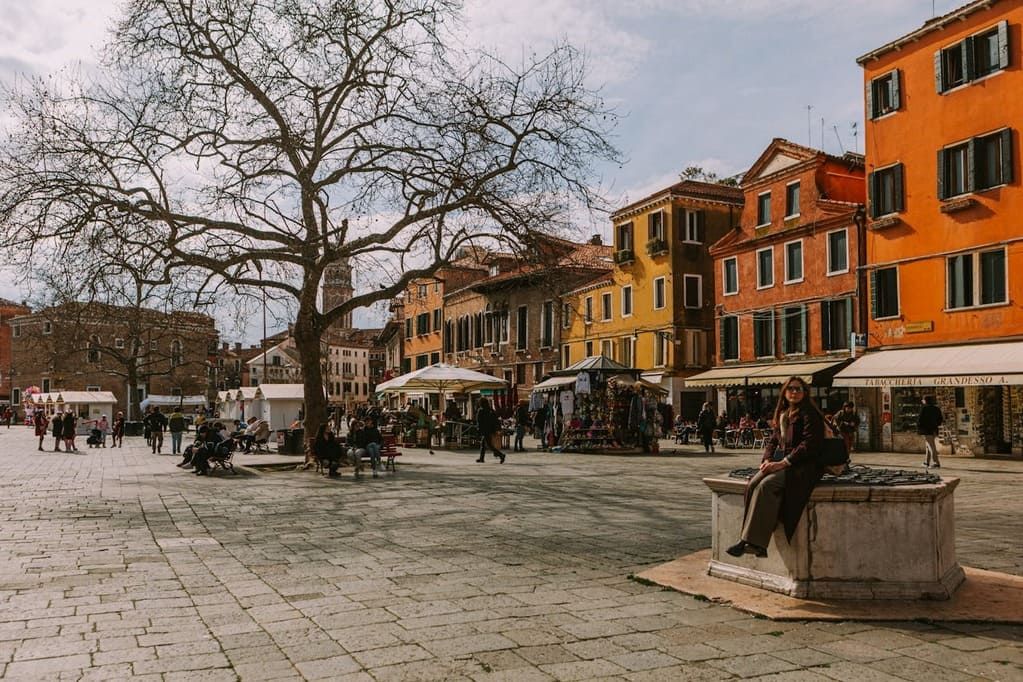
Photo by Helena Jankovičová Kováčová
Italian Coastlines, Lakes and Mountains
Jaw-dropping landscapes surround you in some of the most beautiful places in Italy.
Cinque Terre and Amalfi Coast
The Cinque Terre and Amalfi Coast are two of Italy’s most popular seaside destinations. Cinque Terre consists of five small villages on Italy’s northwest coast, connected by the Sentiero Azzurro hiking trail and a local train. The villages feature colorful houses, steep terraces, and dramatic sea views.
Hiking is a big part of the Cinque Terre experience, especially on the Sentiero Azzurro trail that links all five villages. The paths are rugged but doable for most people with moderate fitness. Many visitors regret rushing through these regions too quickly. While you can see Cinque Terre in a day, visitors often spend one to two days exploring, enjoying local seafood, beaches, and walking between villages at a relaxed pace.
You May Also Like: Cinque Terre Day Trip from Florence: Everything You Need to Know

Photo by Grafixart_photo Samir BELHAMRA
The Amalfi Coast is a larger stretch of southern Italy’s coastline, known for steep cliffs, luxury hotels, and upscale dining. Towns like Positano and Amalfi offer scenic drives on narrow, winding roads and ferry connections to islands such as Capri. For those seeking adventure, hiking the Path of the Gods provides dramatic views but requires good fitness. Because of its size and many attractions, visitors usually spend at least five days exploring the towns, beaches, Pompeii, and Capri at a relaxed pace. Compared to Cinque Terre, prices in this region tend to be higher.
You May Also Like: The Most Beautiful Amalfi Coast Villages
Lake Como and Lake Garda
Italy’s two biggest and most popular lakes are Lake Como and Lake Garda.
Lake Como, located near Milan in the Lombardy region, is famous for its luxury and celebrity visitors. The lake is shaped like an upside-down Y and is surrounded by mountains, which keep the weather a bit cooler. Towns like Bellagio, Varenna, and Como are known for beautiful historic villas and gardens. The area feels exclusive, with private boat tours and fancy hotels being common.
Varenna, a small town on Lake Como’s east shore, is less crowded than places like Bellagio or Como. It’s perfect if you want a peaceful walk along narrow streets and lakeside paths. It’s easy to reach by train from Milan, making it a great spot for a day trip.
On the other hand, Lake Garda is Italy’s largest lake and stretches across three regions. It has a wider variety of things to do and places to explore. The southern part has beaches, amusement parks, vineyards, and old towns like Sirmione with its castle and Roman ruins. The northern part is quieter and popular for outdoor sports like windsurfing and hiking. Overall, Lake Garda is more family-friendly and easier to access for all kinds of visitors.
Limone sul Garda, on the northwest shore of Lake Garda, is known for its lemon groves and steep cliffs. You can get there by ferry or car. It’s a quieter town with hiking trails and a mountain-like feel because it’s closer to the Alps.
The Dolomites
The Dolomites are one of the most unique mountain regions in the world. With towering limestone peaks, deep valleys, and colorful alpine meadows, this UNESCO World Heritage site offers more than just Instagram-worthy views.
This mountain range is home to striking cliffs, narrow spires, and wide-open spaces that support rare plants and animals. As visitors explore, they also come across signs of history, like peaceful mountain huts and quiet villages, to the remains of World War I trenches.
You don’t need to be an expert hiker to enjoy the Dolomites. There are plenty of trails suited for beginners, families, and casual walkers. One favorite is the Tre Cime di Lavaredo loop, a 9.5 km route that takes 3 to 5 hours and offers incredible views of three iconic peaks. Along the way, you’ll pass historical sites like old tunnels used during the First World War.
The Peitlerkofel trail in the Puez-Odle Nature Park covers about 13 km. It’s moderately challenging, with some uphill sections, and leads through forests and wide-open mountain scenery. Another great choice is the Sassolungo Circuit, a loop around a famous massif with sweeping views of the surrounding valleys, perfect for intermediate hikers.
Those looking to escape the crowds can head to the Rosengarten Massif near the village of Tires. Trails here wind through wildflower meadows and rocky paths, offering peaceful hikes between 10 and 15 km long.
Hidden Gems Worth Swapping In
When planning a trip to a place like Italy, it’s tempting to stick to the most beautiful big names. And while those spots are famous for a reason, choosing to skip a classic destination can actually make your trip more rewarding.
Puglia: Italy’s Underrated Coastal Paradise
Some people compare Puglia to Greece, and it’s easy to see why. The white buildings, warm climate, and coastal scenery can feel very similar. There’s even a shared history where parts of southern Italy, including Puglia, were once Greek colonies. However, the nickname only tells part of the story. Puglia has its own unique mix of cultures, from Roman to Norman to Byzantine. The food, traditions, and architecture are proudly Italian, even if there are a few Greek-style touches. Calling it “Italy’s Greece” might help grab attention, but it doesn’t tell the full story.
Located in the southeast of Italy, Puglia forms the “heel” of the country’s boot-shaped outline. With long stretches of coastline along both the Adriatic and Ionian Seas, this region has sandy beaches, rocky cliffs, whitewashed villages, endless olive groves, and clear blue waters. Despite all this beauty, it still flies under the radar compared to other Italian hotspots.
Towns such as Ostuni, Locorotondo, and Cisternino are full of white-painted houses, winding alleys, and little piazzas where locals gather. The surrounding countryside is dotted with olive trees, some of which have been growing for centuries, making olive oil a central part of the region’s economy and culture. The coastline is just as special. Quiet beaches, calm waters, and a relaxed pace of life make it easy to unwind. Compared to other parts of Italy, Puglia’s coastal spots feel more peaceful.
Matera: A City Carved from Stone
Matera is one of the most fascinating cities you can visit in Italy, and also one of the oldest continuously inhabited places in the world. It’s famous for the Sassi, ancient homes and churches carved right into the limestone cliffs.
Now recognized as a UNESCO World Heritage Site, Matera is celebrated not only for its deep historical roots but also for how its people learned to live in harmony with the natural landscape. Its striking, rocky scenery has even attracted filmmakers; scenes from James Bond: No Time to Die were shot here.
Visitors can choose from unique accommodations that reflect the city’s character. Hotels like Sextantio Le Grotte della Civita keep things traditional with antique furnishings and candlelight, while Aquatio Cave Luxury Hotel & Spa offers a modern take, complete with wellness services. Whichever option you go with, spending the night in a cave is an experience you won’t forget.
Set across steep hills and narrow, winding paths, Matera’s historic center doesn’t allow cars, so getting around means walking along cobblestones and climbing steps. Despite the effort it takes to get around, exploring Matera feels like stepping back in time, and it’s well worth it.
You May Also Like: Matera: Italy’s Ancient City of Stone and Cultural Heritage
Umbria: The Quieter Tuscany
Umbria is a region in central Italy without a coastline, bordered by Tuscany, Lazio, and Marche. Often called “the green heart of Italy,” it offers a similar landscape to Tuscany: rolling hills, vineyards, and historic towns, but with fewer tourists and a deeper connection to local traditions.
The towns are compact and built on hills, with well-preserved medieval architecture. Unlike Tuscany’s busier cities, Umbrian towns generally receive fewer international visitors. This makes it easier to experience local life, such as chatting with vendors at weekly markets, attending a town festival, or seeing traditional crafts like ceramic-making and embroidery.
One charming town to visit is Spello, known for its Roman-era walls, narrow stone alleys, and the Infiorata festival in June when the streets are covered in intricate flower carpets. It’s easy to reach by train on the Foligno–Assisi line.
Orvieto sits on a volcanic plateau and is famous for the Duomo di Orvieto, a 14th-century Gothic cathedral with a mosaic-covered façade. Visitors can also tour the city’s underground tunnels carved into the rock. It’s an easy day trip from Rome via a direct train (about 90 minutes).
Further east, Norcia, located near the Monti Sibillini National Park, is known for its pork products and black truffles. Shops sell handmade sausages, salami, and cured hams. Though not served by major train lines, Norcia is accessible by car and is popular among hikers and food lovers.
Umbria also produces some of Italy’s most respected wines. Sagrantino di Montefalco, a bold red made from a grape grown almost exclusively in Umbria, and Orvieto Classico, a crisp white wine, are produced here. Many wineries, especially near Montefalco and Orvieto, offer tastings and tours for those interested in exploring local flavors.
What First-Timers Always Ask
How many cities can I see in 10 days?
Many people try to squeeze in too much, but the truth is that fewer cities = a better trip. If you spend 2–3 days in each place (like Rome, Florence, or Venice), you’ll enjoy it more and feel less rushed. Jumping between cities every day gets tiring fast. A smart plan is to pick two or three cities and maybe use one as a base for short-day trips. That way, you actually have time to enjoy what you’re seeing.
You May Also Like: 12 Italy Travel Tips You NEED to Know Before You Go
Do I need to rent a car?
It depends on where you’re going. If your trip includes rural areas, small towns, or parts of southern Italy, a car can be helpful. But in big cities like Rome, Florence, or Venice, driving is a hassle: lots of traffic, narrow roads, and limited parking. On the Amalfi Coast, driving can be especially stressful. In most cities and popular areas, trains and buses work well, and walking is often the best way to explore. Think about your route before deciding if a car is worth it.
Where is the best food in Italy?
Italy doesn’t have one best food regions. It all depends on what you like. Northern Italy is known for its rich dishes with butter, cheese, and rice (like risotto). Central regions like Tuscany and Lazio focus on olive oil, meats, and pasta dishes like carbonara. In the south, you’ll find tomato-based sauces, seafood, and pizza. Each area uses local ingredients and has its own style. The best way to enjoy Italian food? Try dishes from different regions and see what you love most.
Should I join a tour or travel on my own?
Tours can make things easier. They plan everything and often include expert guides. They’re great if you want a stress-free trip and to meet other travelers. But they can be expensive and move quickly, so you might not get much free time.
Traveling solo gives you more freedom to go at your own pace and explore what interests you. It takes more planning, but it’s often cheaper and more flexible. You can also mix both styles: travel independently, but book a few guided day tours in certain cities. This way, you get the best of both worlds: freedom and expert help when you want it.

